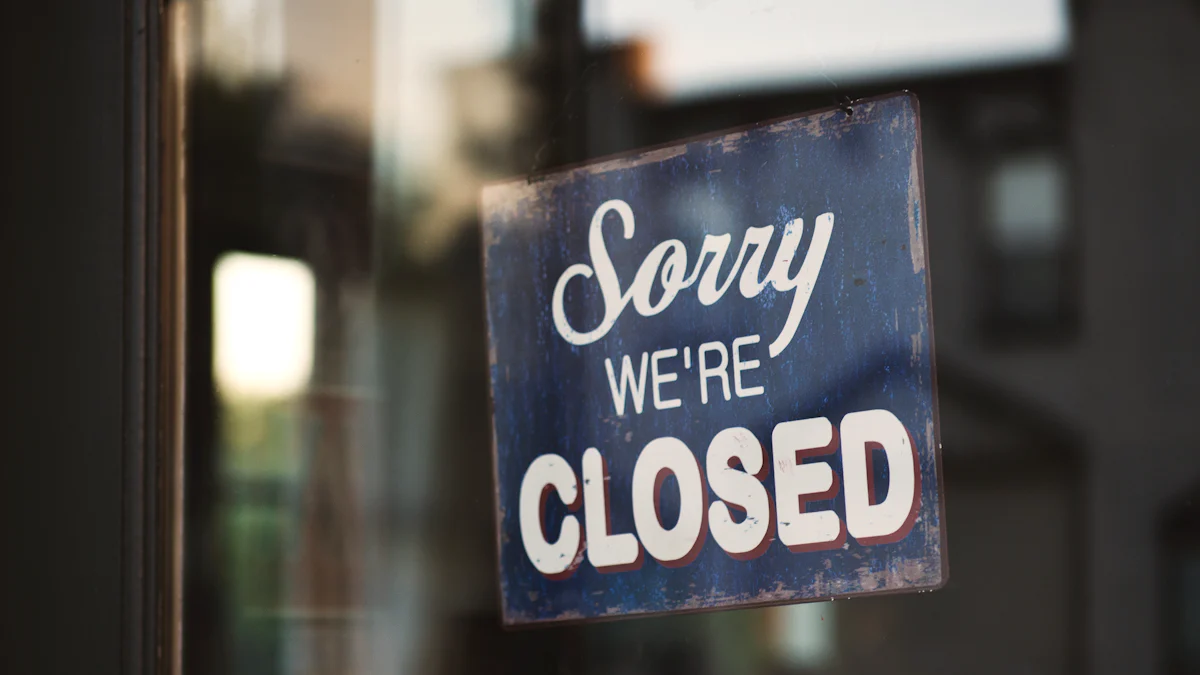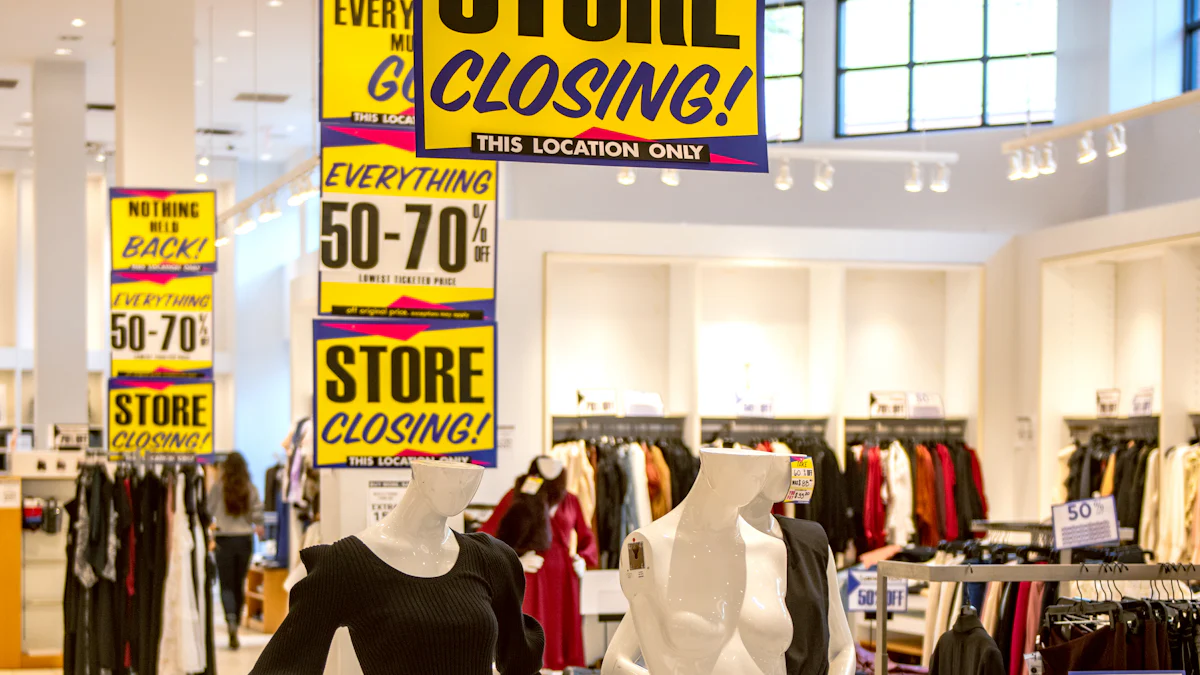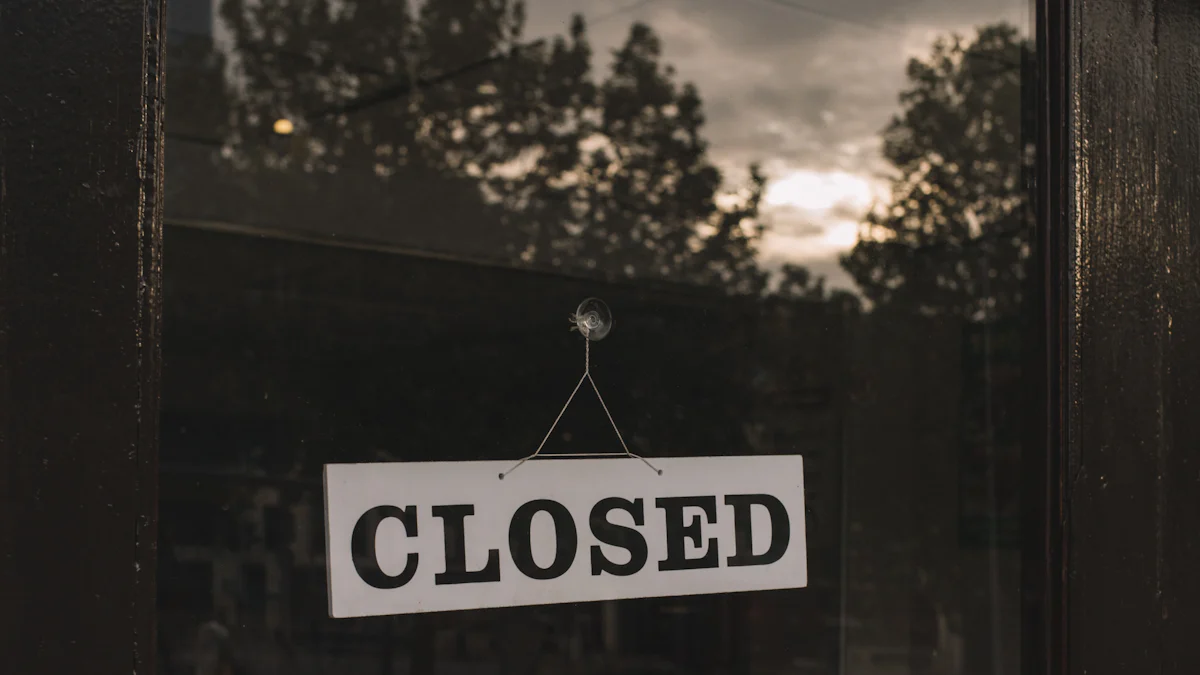
Big Lots Stores, a prominent discount retailer, has recently announced plans to close numerous locations across the United States. The company aims to shutter up to 315 stores by the end of 2024 due to significant financial challenges. Understanding the reasons behind these closures is crucial for comprehending the broader issues affecting the retail industry today.
Overview of Big Lots Stores
History and Background
Founding and Growth
Big Lots Stores began in 1967 as a company focused on closeout deals for auto parts. The company quickly expanded its product offerings to include a wide range of home and lifestyle products. By 1982, Big Lots opened its first store in Columbus, Ohio, where the company is still headquartered today. The 1980s and 1990s marked periods of rapid growth for Big Lots Stores. The company acquired several retail chains, including MacFrugals and Pic ‘N’ Save. By the early 2000s, Consolidated Stores Corporation rebranded itself as Big Lots, Inc. Today, Big Lots operates over 1,300 stores across 45 states.
Business Model and Strategy
Big Lots Stores operate under various names, including Big Lots, Big Lots Furniture, Pic ‘n’ Save, and Mac Frugal’s Bargains. The company acquires leftover, discontinued, and unwanted products from approximately 3,000 vendors worldwide. Big Lots differentiates itself from dollar stores and large-scale discount retailers by offering a wide range of products and prices. The stores typically range from 25,000 to 50,000 square feet. Big Lots sources much of its merchandise from closeouts related to production overruns, packaging changes, and discontinued products. This strategy allows Big Lots Stores to offer competitive prices on a diverse array of items.
Market Position
Competitors
Big Lots Stores face competition from other discount retailers such as Dollar General, Dollar Tree, and Walmart. These competitors also offer low-priced goods but often focus on smaller store formats or a narrower range of products. Big Lots Stores aim to attract customers by providing a broader selection of items, including furniture, seasonal products, and consumables. The company’s unique business model of acquiring closeout merchandise sets it apart from many competitors in the discount retail sector.
Target Demographic
Big Lots Stores target budget-conscious consumers looking for good deals on a variety of products. The typical customer seeks value and is willing to shop at multiple locations to find the best prices. Big Lots appeals to a broad demographic, including families, seniors, and young adults. The stores offer a mix of essential items and occasional high-value finds, making them attractive to a diverse customer base. The company’s focus on providing significant savings across many product categories helps maintain a loyal customer following.
Factors Contributing to Store Closures

Economic Challenges
Impact of Recession
The recession has significantly impacted Big Lots Stores. The economic downturn has reduced consumer spending power. Many customers now prioritize essential items over discretionary purchases. This shift has led to a decline in sales for Big Lots. The company reported a 10.2% drop in net sales in the first quarter of 2024. This decrease has contributed to financial instability.
Changes in Consumer Spending
Changes in consumer spending habits have also affected Big Lots. Elevated inflation has increased the cost of living. Consumers now have less disposable income. This situation has led to a reduction in spending on non-essential items. Big Lots has felt the effects of this shift. The company’s revenue from home furnishings, consumables, and seasonal items has declined. This decline has further strained the company’s financial health.
Industry Trends
Rise of E-commerce
The rise of e-commerce has transformed the retail landscape. Online shopping offers convenience and competitive pricing. Many consumers now prefer to shop online. This trend has negatively impacted brick-and-mortar stores like Big Lots. The company has struggled to compete with online retailers. The shift to e-commerce has contributed to declining foot traffic in physical stores.
Shift in Retail Landscape
The retail landscape has undergone significant changes. Many traditional retailers have adapted to new market dynamics. Big Lots has faced challenges in keeping up with these changes. Competitors have implemented innovative strategies to attract customers. Big Lots has made efforts to adapt but has faced difficulties. The company’s business model relies heavily on closeout merchandise. This reliance has limited its ability to compete effectively in the evolving retail environment.
Internal Issues
Management Decisions
Management decisions have played a role in the store closures. Big Lots has made several strategic choices in recent years. Some of these decisions have not yielded the desired results. The company has invested in expanding its distribution centers and upgrading merchandising systems. Despite these efforts, financial performance has not improved as expected. Analysts acknowledge the progress made but note ongoing challenges.
Financial Performance
Financial performance has been a critical factor in the store closures. Big Lots has experienced prolonged sales slides. The company posted a net loss of $205 million in the first quarter of 2024. Declining revenue and rising debt have exacerbated financial troubles. The company has announced the closure of underperforming locations nationwide. These closures aim to mitigate losses and stabilize operations.
Case Studies of Specific Closures

Regional Analysis
Closures in Urban Areas
Big Lots has announced the closure of several stores in urban areas. Major cities like Miami, Orlando, and Tampa will see store closures. Elevated inflation has increased operational costs in these regions. The high cost of living has reduced consumer spending power. Urban locations face fierce competition from other retailers. Online shopping has also diverted foot traffic away from physical stores. Big Lots has struggled to maintain profitability in these competitive markets.
Closures in Rural Areas
Rural areas are not immune to Big Lots store closures. Smaller towns will lose access to Big Lots’ diverse product offerings. The company has identified underperforming stores in these regions. Lower population density has contributed to reduced sales. Rural consumers have fewer retail options, making each store closure significant. The impact on local economies can be severe. Job losses in rural areas often have a more pronounced effect on communities.
Impact on Employees and Communities
Job Losses
The closure of Big Lots stores will result in job losses. Employees will face unemployment and financial uncertainty. The company has not disclosed the exact number of affected workers. Store closures will impact both full-time and part-time employees. The loss of jobs will strain local economies. Many employees rely on Big Lots for their primary income. Finding new employment may be challenging, especially in rural areas.
Community Response
Communities have expressed concern over the store closures. Local residents value the convenience and affordability of Big Lots. The loss of a major retailer can disrupt shopping habits. Community leaders have called for support for affected workers. Some areas have organized efforts to help displaced employees find new jobs. The closures highlight the broader challenges facing brick-and-mortar retailers. The community response underscores the importance of local businesses in everyday life.
Strategic Insights and Future Outlook
Potential Recovery Strategies
Business Restructuring
Big Lots must consider restructuring its business model to improve financial health. The company should evaluate store locations and close underperforming outlets. This strategy can help reduce operational costs. Big Lots can also renegotiate leases to secure better terms. Streamlining operations will enhance efficiency and profitability.
Diversification of Offerings
Big Lots needs to diversify its product offerings to attract a broader customer base. Introducing exclusive products can set the company apart from competitors. Expanding the online presence will cater to the growing number of e-commerce shoppers. Big Lots should also explore partnerships with popular brands to offer unique items. This approach can increase foot traffic and boost sales.
Lessons for Other Retailers
Adapting to Market Changes
Retailers must adapt quickly to changing market conditions. Saunders, a retail analyst, emphasizes the importance of delivering value for money. “If you’re a retailer that focuses your selling point about being great value for money and you’re not delivering on that, that’s a massive problem,” Saunders said. Retailers should monitor consumer trends and adjust their strategies accordingly. Flexibility in business operations can help navigate economic challenges.
Importance of Innovation
Innovation plays a crucial role in staying competitive. Retailers should invest in technology to improve customer experience. Implementing advanced inventory management systems can optimize stock levels. Enhancing online platforms will provide a seamless shopping experience. Retailers must also explore new marketing strategies to engage customers. Continuous innovation ensures long-term success in a dynamic retail landscape.
Big Lots Stores face significant challenges that have led to the closure of numerous locations. The economic downturn, changes in consumer spending, and the rise of e-commerce have all contributed to this situation. The broader retail industry must take note of these factors and adapt accordingly.
The future of Big Lots Stores remains uncertain. However, potential recovery strategies such as business restructuring, diversification of offerings, and enhancing online presence could provide a path forward. Retailers must innovate and adapt to market changes to remain competitive in this evolving landscape.
 Press Coffee
Press Coffee